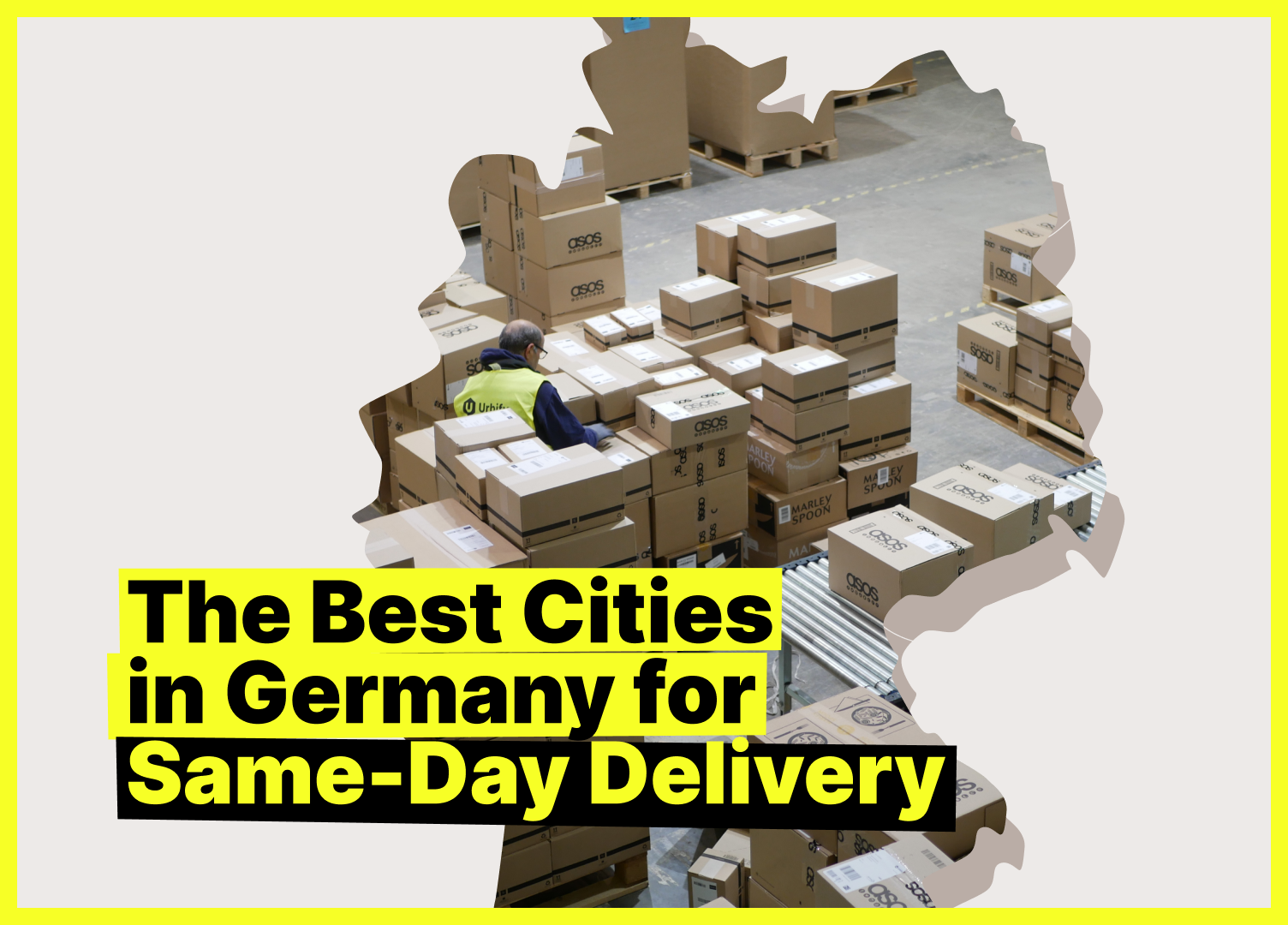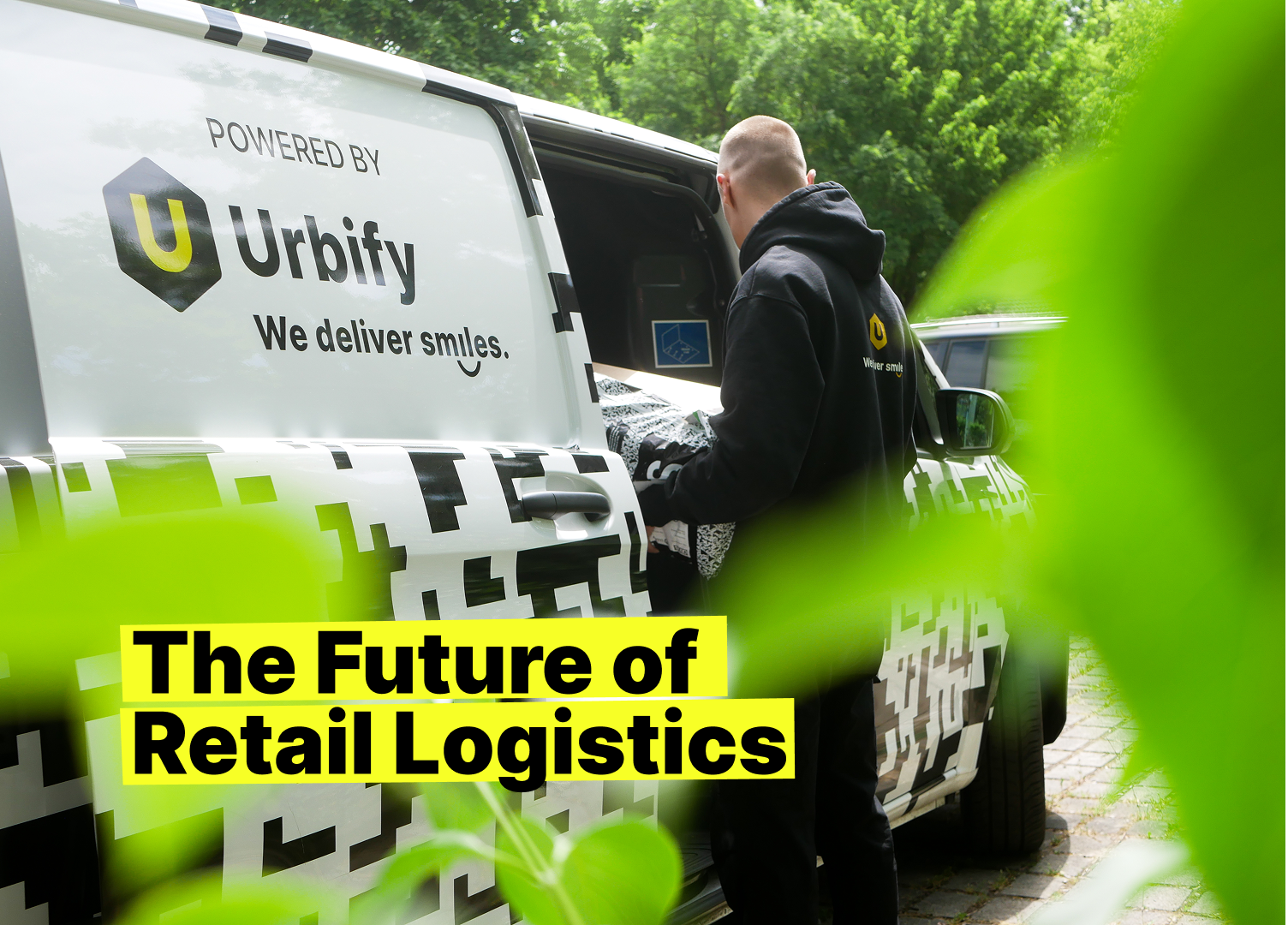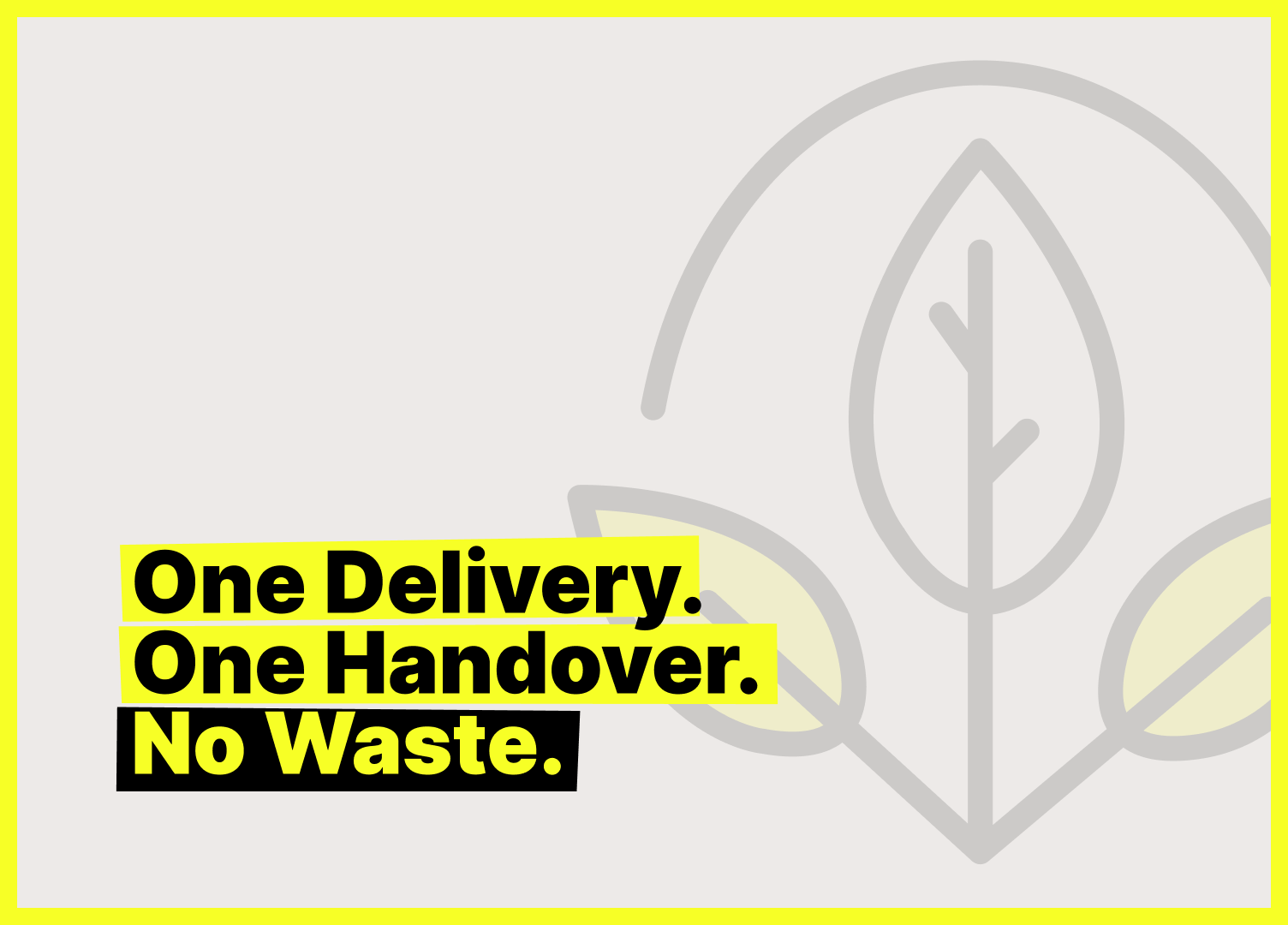When people think about sustainability in logistics, they often picture electric vans, bicycles, or smarter delivery routes. But there’s another part of the chain that plays a quiet yet important role in reducing emissions: parcel storage time.
At Urbify, we operate on a same- and next-day delivery model. That means parcels don’t sit in warehouses for days or weeks. Instead, they arrive at our hubs, are processed quickly, and are dispatched to their destination within hours.
This fast-moving flow does more than keep customers happy. It also supports our commitment to lower emissions and more efficient use of energy. In this post, we’ll break down how shorter parcel storage times directly contribute to sustainability and why this model is more than just fast, it’s also better for the planet.
Why Parcel Storage Matters in the Sustainability Equation
Warehousing plays a big role in the environmental footprint of e-commerce logistics. Every parcel that sits in storage requires space, lighting, climate control (in some cases), and human or automated handling. Multiply that by thousands of parcels per day and hundreds of facilities, and the energy use becomes significant.
Key sources of energy use in traditional storage operations include:
- Lighting systems for large indoor spaces
- Heating or cooling system (especially in climate-sensitive storage)
- Automated sorting and shelving machinery
- Idle time from warehouse workers and equipment
- Power-hungry refrigeration for cold storage logistics
When parcels are stored for long periods, the warehouse must accommodate larger volumes. This leads to increased energy needs, larger footprints, and higher operational emissions.
So, while storage is a necessary part of logistics, the longer parcels stay in place, the more energy is used to keep them there.
Urbify’s Model: Fast Turnaround, Lower Storage Impact
At Urbify, our goal is to move parcels through our system as quickly and efficiently as possible. That starts with the way we’ve structured our last-mile operations.
We focus on same-day and next-day delivery not just as a customer promise, but as a sustainability strategy.
Here’s how it works in practice:
- Parcels arrive at our hubs either early in the morning or late in the previous evening
- Our system processes and sorts them quickly
- Each parcel is assigned to a delivery route for that same day or the next morning
- By the time 24–36 hours pass, the parcel is already in the hands of the customer
This means:
- No long-term storage required
- Smaller storage footprint per parcel
- Fewer parcels stored at any given time
- Lower overall energy usage per delivery
We don’t need huge warehouses to store inventory for days. We need efficient, streamlined hubs designed for movement, not storage. That keeps our infrastructure lean and our energy use low.
Energy Efficiency Through Flow, Not Stockpiling
Traditional logistics systems often treat warehouses like reservoirs by holding large volumes of goods until they’re ready to move. Our model treats warehouses more like flow points. Parcels move in, move through, and move out again.
This flow-based approach means we:
- Don’t rely on high-capacity storage racks or large-scale refrigeration systems
- Avoid the overhead of long-term environmental controls (like heating or cooling entire zones for days at a time)
- Keep our spaces active only during critical hours, reducing lighting and energy waste
By shortening the time each parcel spends in our system, we limit the environmental burden that comes from running large-scale storage operations.
Shorter Storage Means Smaller Footprints
Another benefit of our fast-moving delivery cycle is smaller physical space requirements. Because we don’t need to store high volumes for long durations, our facilities can remain compact, local, and easier to manage.
This allows us to:
- Operate closer to the end customer
- Reduce the distance between sorting and final delivery
- Avoid massive energy bills tied to large warehouse complexes
- Rely on more agile, urban-friendly spaces instead of remote mega-hubs
In simple terms, less time in storage equals less space needed, which equals less energy consumed across the board.
Better for Cities, Better for the Planet
Many of our delivery hubs are located in or near major cities across Germany and Austria. That’s by design. Shortening the distance between the hub and the customer improves delivery speed—but it also means fewer emissions per kilometer.
And when your warehouse operations are leaner and lighter, you don’t need sprawling buildings with complex climate control systems. You can build smarter, smaller spaces that serve urban zones effectively without becoming another source of emissions or waste.
This has clear environmental benefits:
- Lower electricity usage per square meter
- Reduced heat emissions in urban areas
- Minimal impact on local infrastructure and energy grids
Our hubs are designed to work with the city, not against it.
Sustainability Is Built Into the Speed
Speed and sustainability are often seen as competing forces. People assume that faster delivery means more emissions, more stress on systems, and more waste.
At Urbify, we see things differently. When done right, speed can enable sustainability. The key is in how the system is built.
We don’t achieve faster delivery by rushing. We achieve it by designing for flow, efficiency, and precision. And part of that means keeping parcel storage times as short as possible, so every part of our infrastructure works at peak efficiency without unnecessary energy drain.
Reducing Idle Time Supports Greener Logistics
Storing parcels for longer periods may not seem like a major issue but at scale, it contributes to unnecessary energy use. Lighting stays on, equipment runs, and in some cases, climate control systems operate around the clock. Over time, this creates a meaningful environmental impact.
While transportation tends to account for the largest share of emissions in logistics, storage-related energy use is far from negligible, especially when warehouses hold parcels longer than necessary.
At Urbify, we move fast by design. Our same- and next-day delivery model keeps parcels in our hubs for a short, defined window. This minimizes the energy required per parcel and supports a logistics system built on flow, not stockpiling.
We don’t just move quickly to meet expectations, we do it to reduce our footprint.
Speed, in our case, isn’t wasteful. It’s responsible.
📩 Want to partner with a delivery provider who values speed and sustainability?
Get in touch to learn how Urbify can help your brand move smarter.











